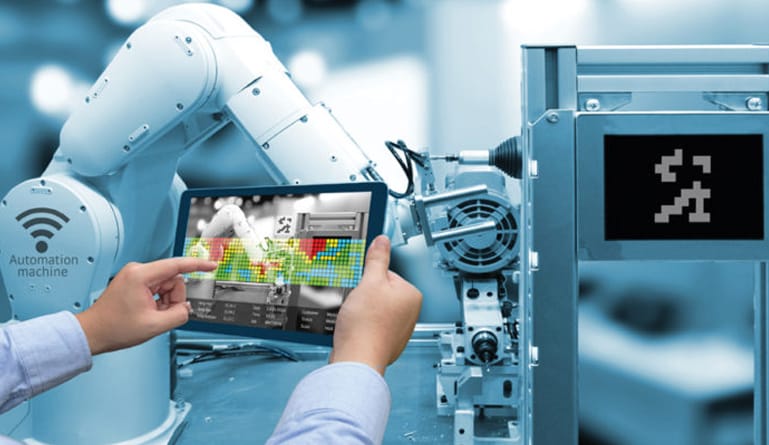Digital twin technology is one of the top 10 strategic technology trends for 2018.
Learn about what digital twin technology is and how it will impact IoT.
Digital twin technology is an emerging IT trend that has impacted the world since 2002. It is a software that bridges physical systems with the digital world. Its connection between the physical and digital world allows data analysis and system monitoring that could prevent issues and downtime. Many businesses have adopted digital twin as a strategic technology, because of its potential impact.
What is Digital Twin Technology?
Digital twin technology is a software that pairs the digital world with physical instruments, systems, or machines. The software acts as a proxy to the digital world, accumulating real-time data about status, working conditions, and position. Connected to a cloud-based system, the data is transmitted, processed, and analyzed to find trends and opportunities that can be applied in the physical world.
Data analytics is the fuel for this system. Businesses invest in digital twin technology to find specific answers that can improve their business models. With this goal in mind, businesses start the digital twin creation process by bundling up data and intelligence needed to deliver the desired outcome. Digital twins are generally composed of data and metadata that can be broken down further into the following: an asset model, sensors and actuators data, and broad context data that is related to the physical system. The consistent data feed is able to produce algorithms or machine learning that finds trends and behaviors for specific outcomes.
Impact of Digital Twin Technology on IoT
Digital twin technology became one of the biggest technology trends in recent years because of its impact on the internet of things (IoT). The IoT is a network of physical devices embedded with software that allows network connectivity and data exchanging. Industries such as automotive and home appliances have seen positive results from digital twin technology, as it drives innovation and improvements.
Author Bernard Marr writes in Forbes about the impact of digital twin technology that, “There will be billions of things represented by digital twins within the next five years. These proxies of the physical world will lead to new collaboration opportunities among physical world product experts and data scientists whose jobs are to understand what data tells us about operations.”
The IDC predicts that companies will see a 30% improvement in the cycle times of critical processes through digital twin technology investments. With real-time analysis, it can help companies better understand customer needs, which can improve customer experiences and product design. It can also reduce operating costs, optimize operations, and improve production control with its early warnings.
For example, automotive leader Tesla is currently implementing a digital twin into every car. With it, data is constantly being transmitted between the car and the factory. If the technology detects any minor problems with the car such as a rattle in the door, an update can be downloaded to make adjustments that fix the issue. Tesla is also able to constantly improve their product as they learn more about the needs of their customers.
Digital twin technology allows industries to look into the past as well as the future. Many research companies, including Gartner, see the potential in digital twin technology and its impact. Digital twin technology can potentially change many industries as the business world finds more value in it.





